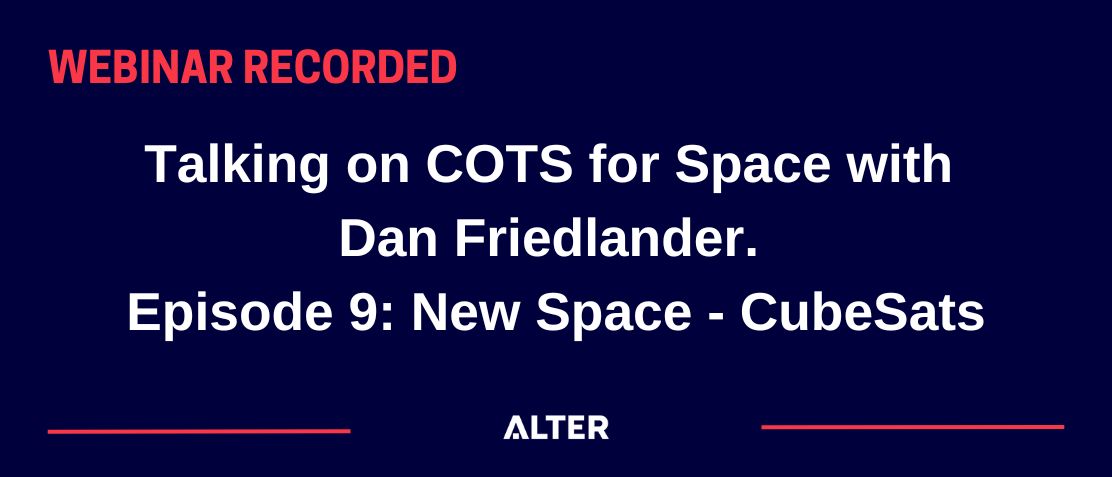Welcome to this webinar series dedicated to COTS in space
This webinar series is being hosted in collaboration with Dan Friedlander.
COTS in Space is not new (some 25 years). However, the users are not always aware of the complexity of the subject. In managing the issue, multidisciplinary technical knowledge is required.
Given the complexity and wide perimeter of the subject and the imposed time constraints, a single comprehensive presentation has been divided into a series of short presentations.
The presentations address various aspects of the COTS in Space issue: debunking myths, evolution, ideology, automotive, barriers to be overcome, RHA Component vs. Product, New Space CubeSats, policy-making progress, and pragmatic policy.
Although it is obvious that not every individual presentation is of the same interest to the attendees, to get a comprehensive picture is recommended to attend all the presentations.











